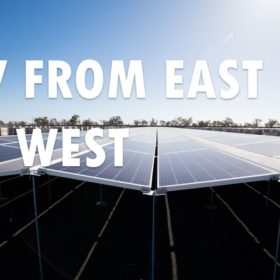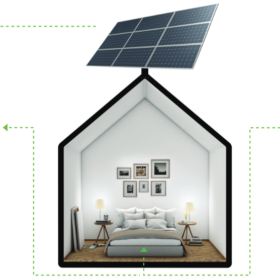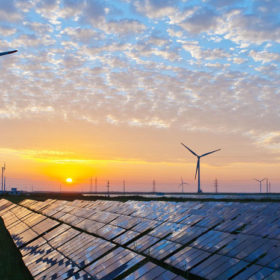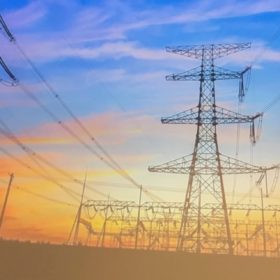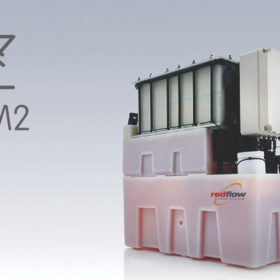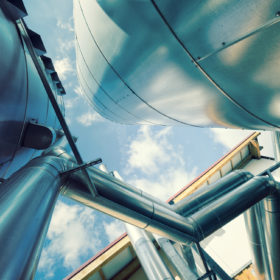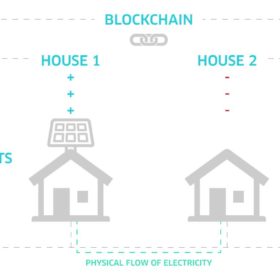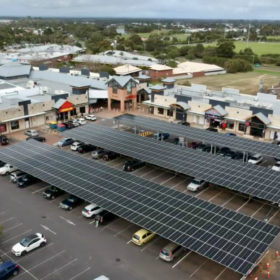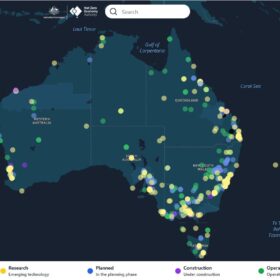Part 2 – South Australia: The nation’s renewable energy superstar
From an energy-hungry importer to a frontrunner in the decarbonization race, South Australia has set the bar high for how to efficiently transition to a low-emissions grid dominated by renewables. With wind and solar already supplying more than a half of its electricity, the state’s energy transition shows no sign of letting up. In fact, South Australia is gearing up to accelerate the pace of its clean energy transition and expand its big PV fleet as it moves toward its 2030 target of “net” 100% renewables.
Swiss asset manager invests in Western Australia’s community owned virtual power plant
Swiss investment firm SUSI Partners is investing up to $50 million in a residential solar-plus-battery project enabling participants from communities across Western Australia to generate and consume their own clean power for up to 90% of their needs. The project, which began a year ago, and involves residents leasing solar PV and battery systems from a not-for-profit organisation.
The journey to NEM 2.0
Australia made its first moves to open up its energy industry in the 1990s, when the National Electricity Market (NEM) was first created, and many of the rules and regulations from back then are still in place today. But the rise of renewables in the 21st century, argues Clean Energy Investor Group Chair Rob Grant, necessitates a rethink of this market structure.
Clean energy industry fears new transmission access rules will stymie investment
The Australian Energy Market Commission’s proposed transmission access model has come under fierce criticism from the clean energy industry for being unnecessarily complex and likely to increase the cost of capital for future generation and storage investment.
Redflow to supply remote telecommunication sites in New Zealand
The New Zealand Rural Connectivity Group will use Redflow zinc-bromine flow batteries to store energy in off-grid telecommunication sites.
Same same but different module
Utility-scale solar is booming in Australia. Quality assurance, especially solar panel testing, helps achieve better performance and lower costs. Best-practice testing is key, writes Michelle McCann, managing partner at PV Lab Australia, but must be planned and fully integrated into a project from an early stage. This integration ensures flow-through from panel manufacturers to commercial buyers and large project owners.
Shell to enter Australian electricity market as ERM stakeholders approve takeover bid
Fossil fuel giant Shell is set to make its foray into Australia’s electricity market after shareholders in electricity retailer ERM Power voted in favour of a $617 million takeover bid.
New tool to assess costs and benefits of switching to green hydrogen
A result of a collaboration between global accounting and financial services firm KPMG, Canadian gas giant ATCO, Australia’s national science agency CSIRO and Australian Renewable Energy Agency (ARENA), H2City can be used to assess the costs and benefits of regional town or municipality switching to hydrogen.
South Australia set for large-scale, blockchain-enabled virtual power plant
Known for its blockchain-based peer-to-peer platform that allows energy trading between households, Power Ledger is now readying for the first large-scale commercial rollout of its technology in Australia. The Perth-based company has partnered with electricity wholesaler Powerclub to allow households to pool net solar and battery storage and act as a virtual power plant.
Solar carpark to cover shopping center’s energy needs
As more and more shopping centres across Australia start to utilise solar PV atop their premises, carparks are becoming increasingly popular amid a lack of rooftop space. A solar array covering three double-parking bays at Dunsborough Centrepoint Shopping Centre will not only offer shade for shoppers but also almost completely cover the site’s daytime energy needs.

